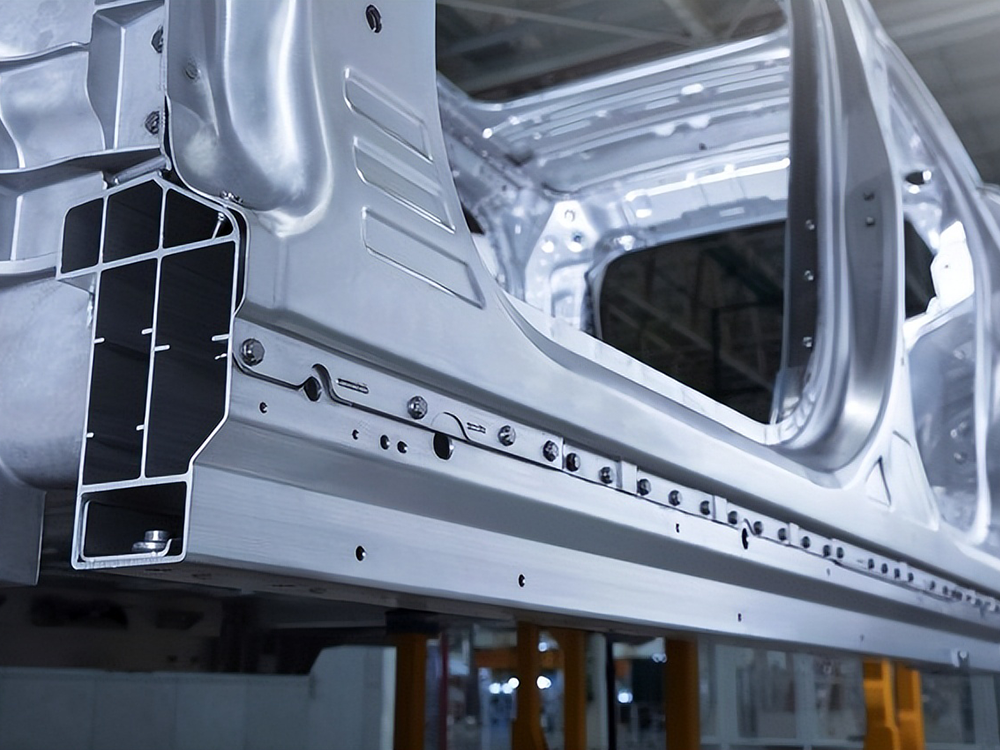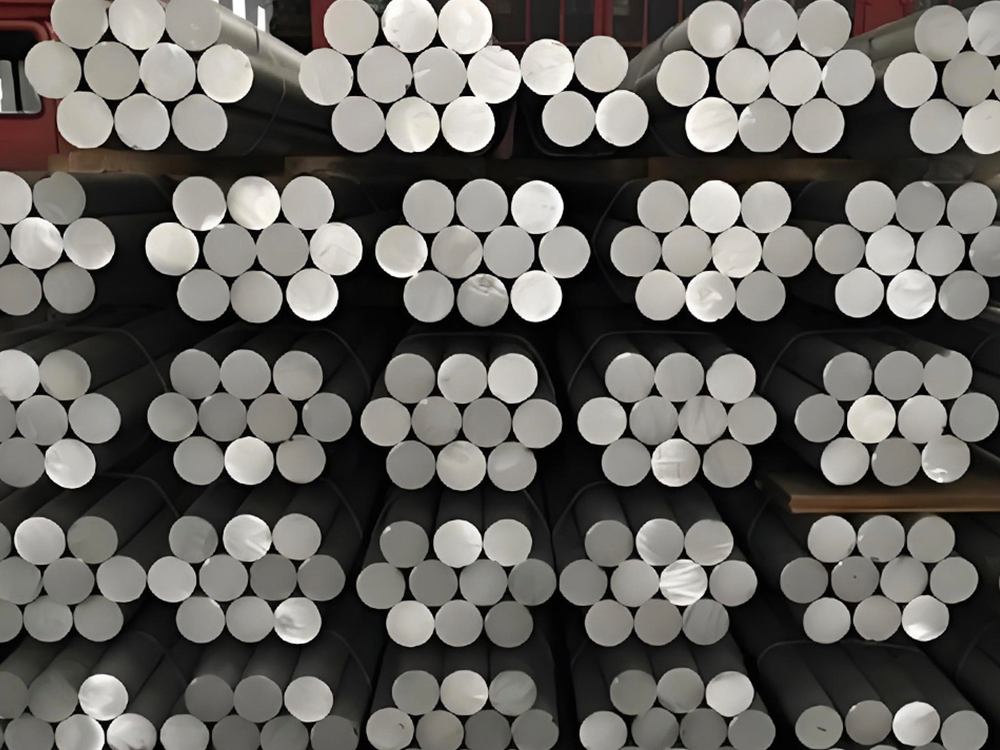Accelerating Penetration in the Automotive Industry
Leveraging its unique advantages such as lightweight,high strength,strong corrosion resistance,excellent thermal conductivity,and superior machinability,aluminum alloy has become a preferred material for automotive applications.It significantly enhances traditional vehicles'fuel efficiency,extends the range of new energy vehicles,improves vehicle handling performance,strengthens the structural safety of the body,and enhances the vehicle's aesthetic appeal.Currently,aluminum alloys are widely used in various components of automobiles,including body frames,chassis systems,powertrains,electrical systems,and interiors.
Aerospace,Defense,and Military Applications
Lightweight alloys,including aluminum alloys,play a crucial role in the aerospace and defense industries due to their lightweight,high strength,and excellent machinability.These alloys are suitable for welding,pressing,and other manufacturing processes.In the aerospace sector,aluminum alloys are extensively used in structural components of launch vehicles and spacecraft,as well as critical parts of aircraft such as bulkheads and longerons.Their use enhances the payload capacity of aircraft and spacecraft.
Steady Growth in New Energy Applications
In power engineering,aluminum cables offer significant advantages over copper cables,including lower cost and lighter weight.These benefits contribute to improved power transmission efficiency and reduced costs.The"14th Five-Year Plan"clearly states the need to advance the energy revolution and build a clean,low-carbon,safe,and efficient energy system to enhance energy supply security.With the rapid increase in demand for photovoltaic and wind power applications and the continuous improvement of smart grid equipment,the demand for aluminum in new energy applications is expected to rise sharply.

Building Decoration,Electronics,Home Appliances,and Other Applications
The construction sector remains the largest consumer of aluminum.Compared to traditional steel,aluminum alloy profiles offer several advantages,such as ease of processing,colorability,corrosion resistance,and modern aesthetics.As the demand for material strength,machinability,and lightweight solutions increases in the construction and industrial sectors,the use of lightweight alloys in construction is accelerating.
Aluminum alloy profiles are widely used in building applications,including doors and windows,curtain walls,supports,and interior decoration.The energy consumption of the construction sector accounts for approximately 30%of China's total social energy consumption.Curtain walls,which are decorative lightweight walls for modern high-rise buildings,are non-load-bearing external protective structures with decorative effects.Aluminum alloy profiles are mainly used in commercial real estate and comprehensive venues such as modern office buildings,hotels,and urban commercial complexes.
Other application areas for aluminum include electronics,home appliances,and daily packaging.Electronics have high requirements for material weight,strength,and thermal conductivity.Therefore,lightweight alloys have become the ideal material for manufacturing smartphones,tablets,laptops,and other electronic products.Many electronic products use aluminum alloys for both external decorative parts and internal structural components due to their strength,lightweight,and excellent thermal conductivity.

Huge Market Prospects
With its unique performance advantages and expanding application fields,aluminum alloy continues to have a vast market potential.As China accelerates its dual circulation strategy and prioritizes high-quality development,aluminum alloy,as a key component in the industrial metal sector,plays an indispensable role in automotive lightweighting,integrated die casting,aircraft weight reduction,and the development of lightweight and high-strength building materials.